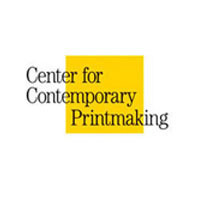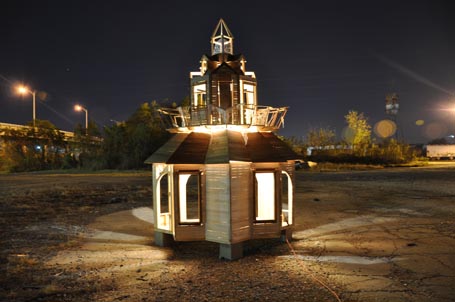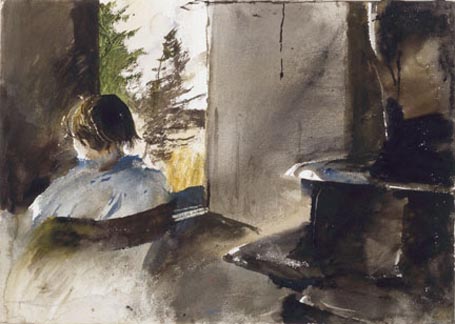Center for Contemporary Printmaking, Norwalk, Connecticut
September 18 – November 13, 2011
 This extensive exhibit includes more than 150 small works by Jack Boul, an under appreciated, retired, arts professor living in Bethesda, Maryland. It’s the monoprints that grabbed my attention. I’ve never made one myself, but having seen those by Boul, I’m eager to give it a try. Boul’s monoprints employ a minimalist color palette of black and white, or sepia and white, and express light, shadow, and mood with deft tonality.
This extensive exhibit includes more than 150 small works by Jack Boul, an under appreciated, retired, arts professor living in Bethesda, Maryland. It’s the monoprints that grabbed my attention. I’ve never made one myself, but having seen those by Boul, I’m eager to give it a try. Boul’s monoprints employ a minimalist color palette of black and white, or sepia and white, and express light, shadow, and mood with deft tonality.
I was particularly drawn to his interior scenes of solitary figures in domestic spaces. My favorite, “Washing Dishes” (2005, Monoprint) evokes many of the same qualities architects negotiate in home design. As I describe in Timeless reveries in interiors art, opportunities for prospect, refuge, enticement, peril, and complex order (all identified in House Thinking), which are key to compelling architecture, are key to compelling interiors art, as well.
In “Washing Dishes” we can imagine that the kitchen window offers prospect for the dishwasher, while light from that window entices the viewer into the scene. The context of the kitchen evokes the comfortable refuge at the familiar heart of most homes. There’s even a hint of mystery (if not peril) in the dark recesses of the kitchen, and in what the lone dishwasher may be thinking as he or she goes about a habitual task. The attention to composition, context and technique communicate a complex order. Boul’s treatment of his subject, like many interiors artists before him, elevates the quotidian to the noble. We can’t help but connect to the humanity of this image. I could swear it depicts my inimitable mother. It is at once universal and intimate.
Boul’s monoprints are even created in much the same manner as residential architecture -- by manipulating figure and ground, balancing the subtractive and additive, harnessing daylight and shadow, orchestrating movement, and exhibiting craftsmanship and the artistry of the human touch.
Keep in mind; this is just one image of dozens. Mark your calendar. You’re sure to find something at the Boul exhibit that speaks to you. Tell me about it on the KHS Facebook Page.
by Katie Hutchison for House Enthusiast




